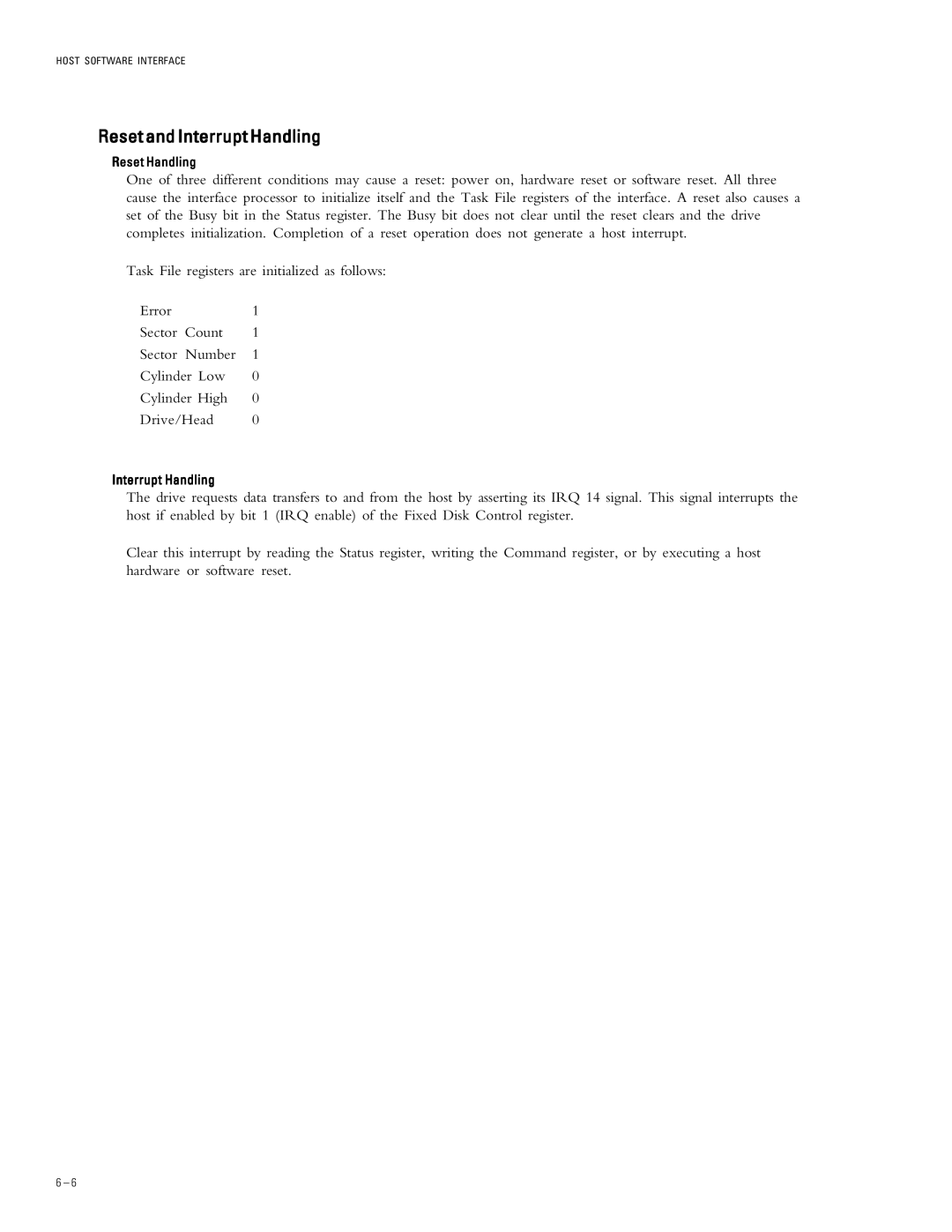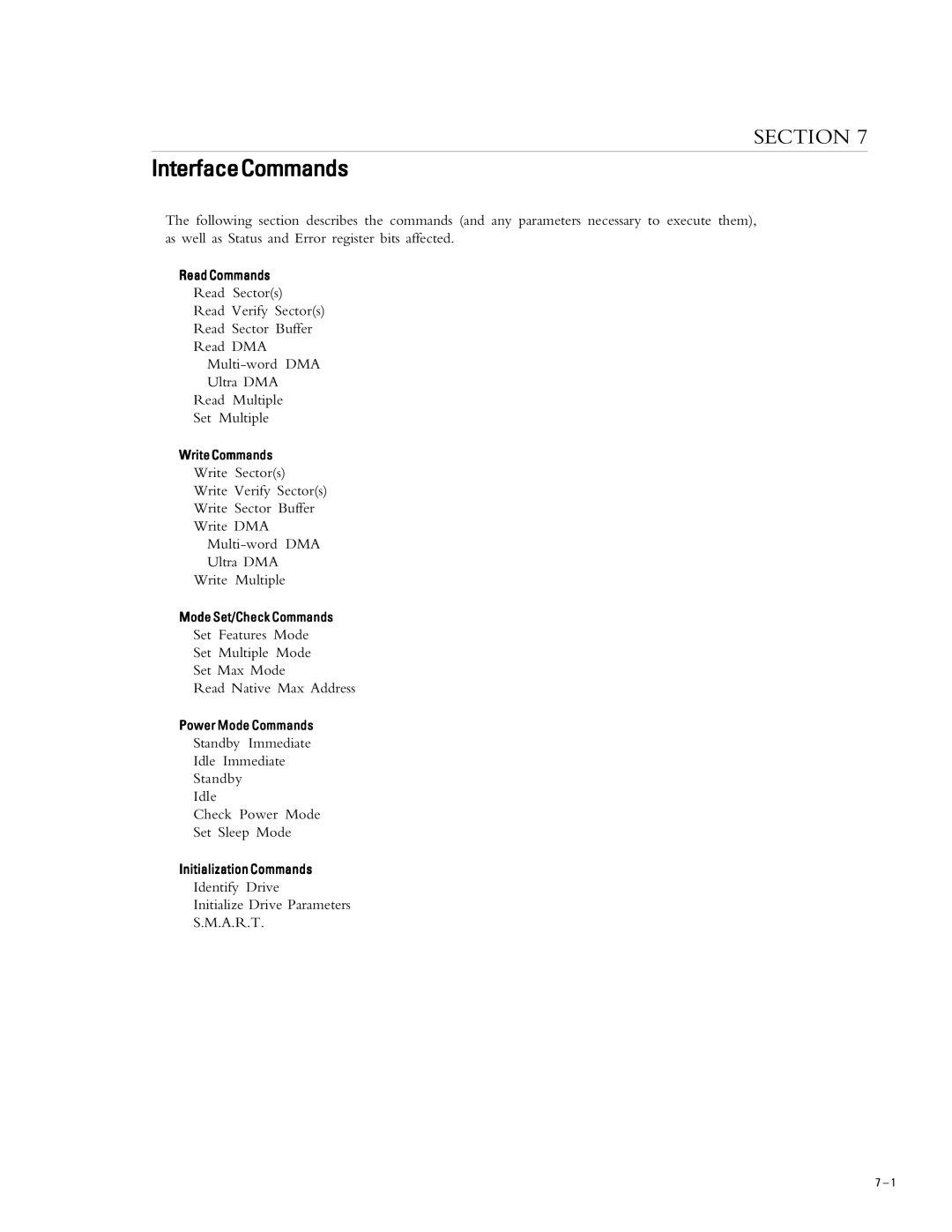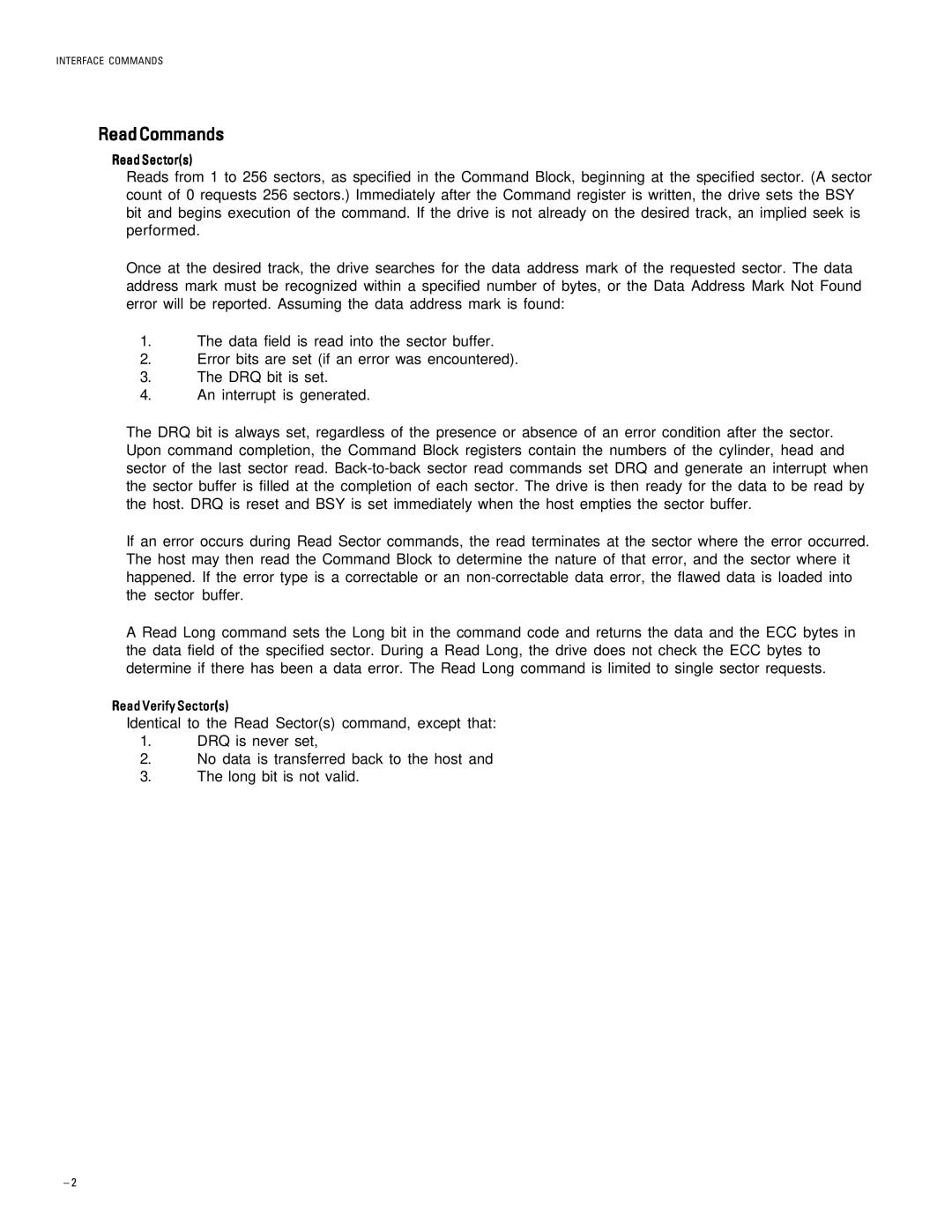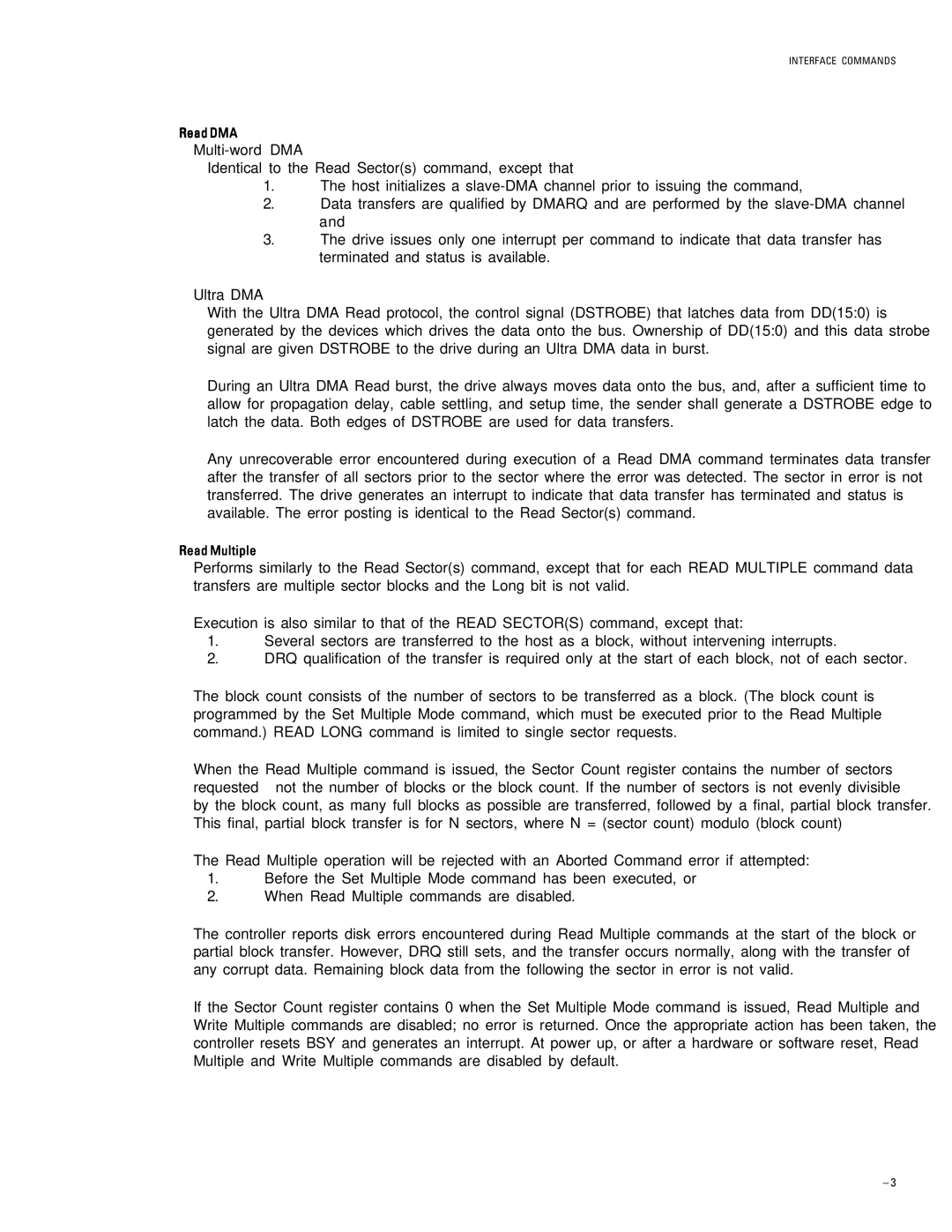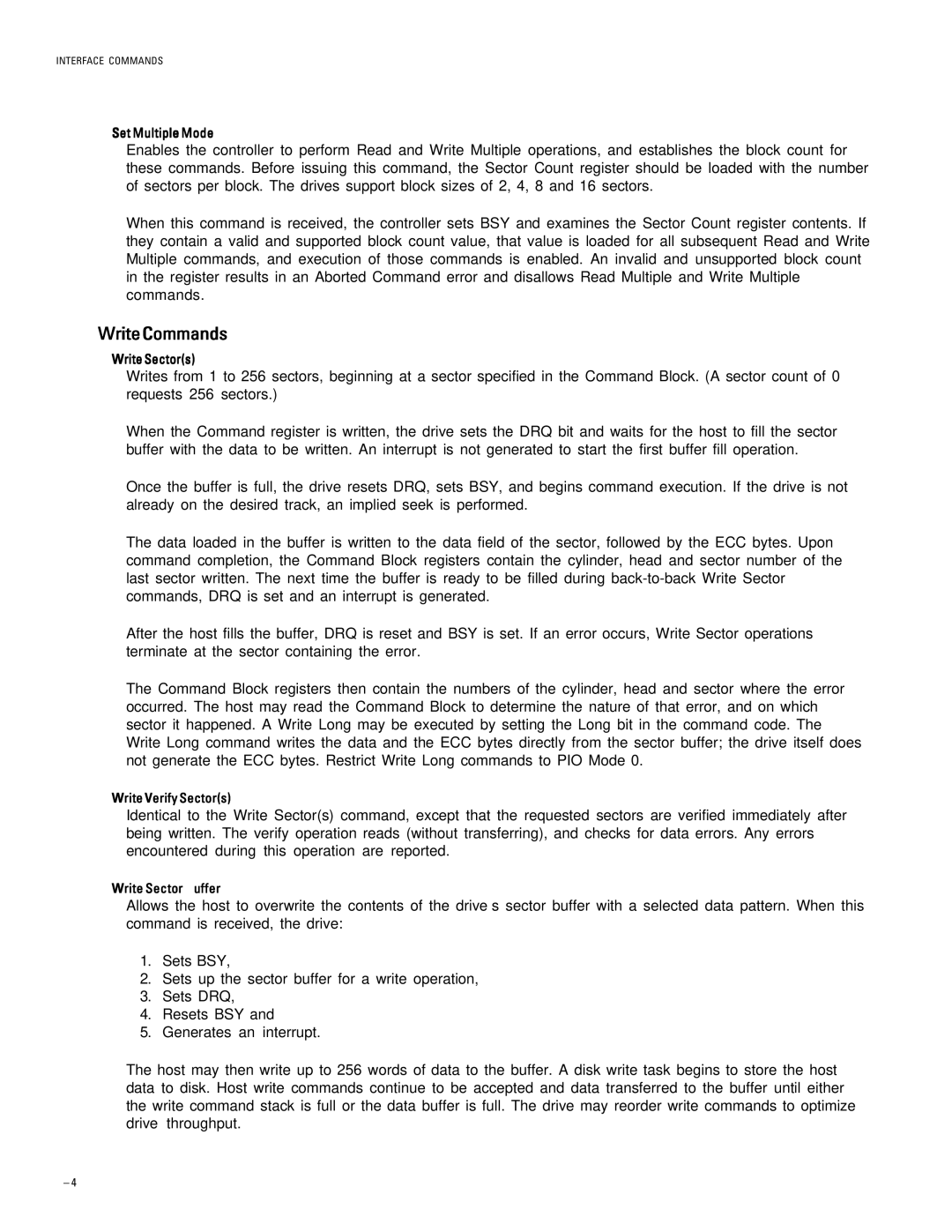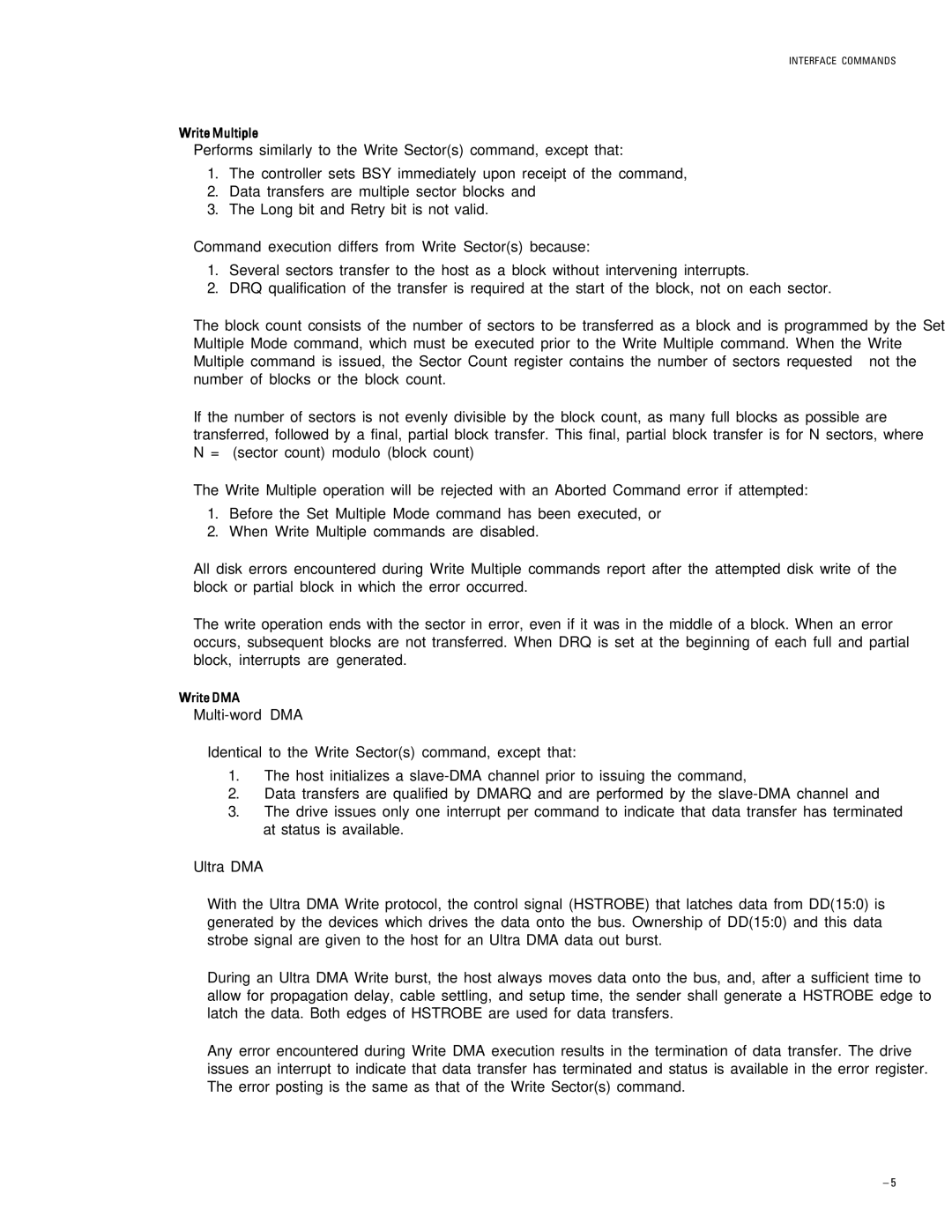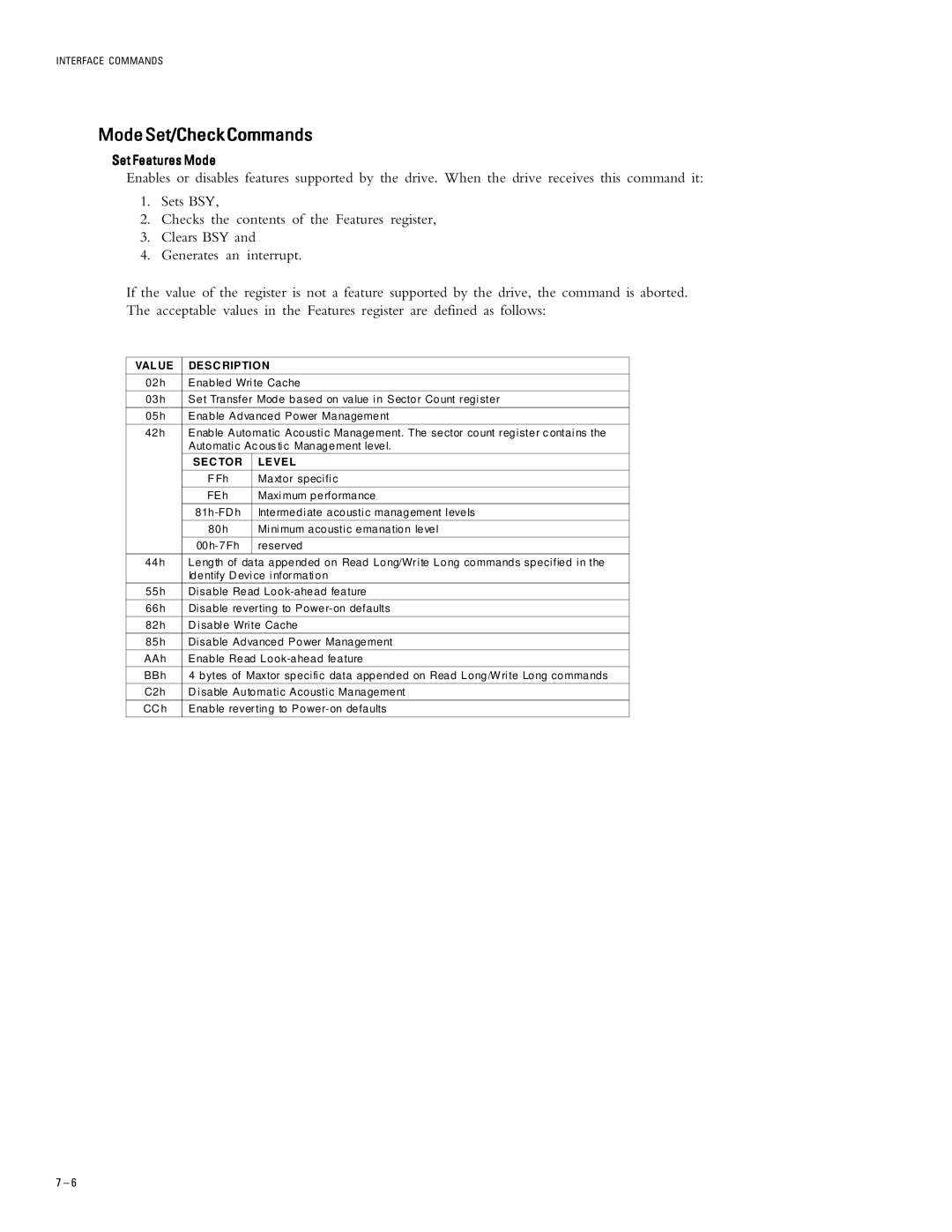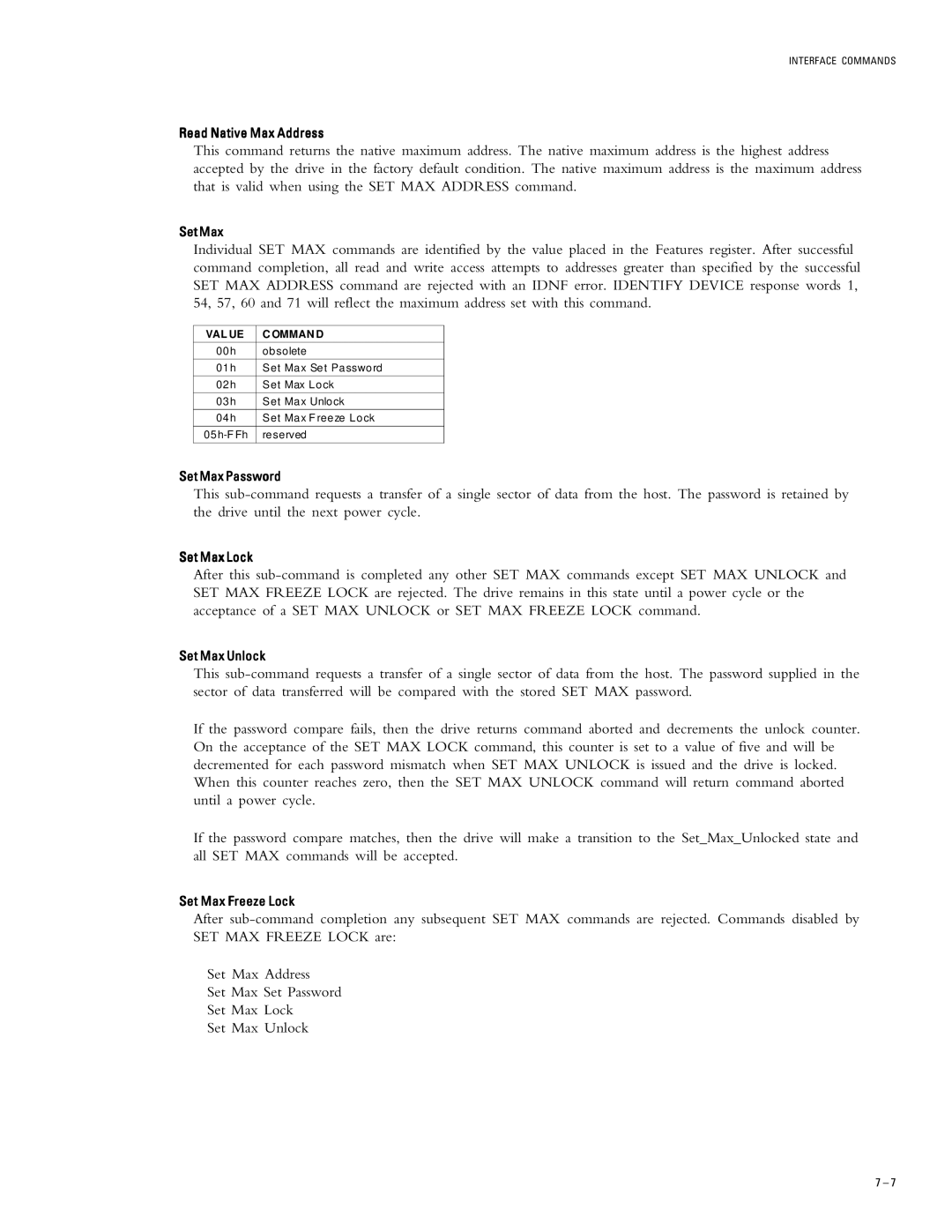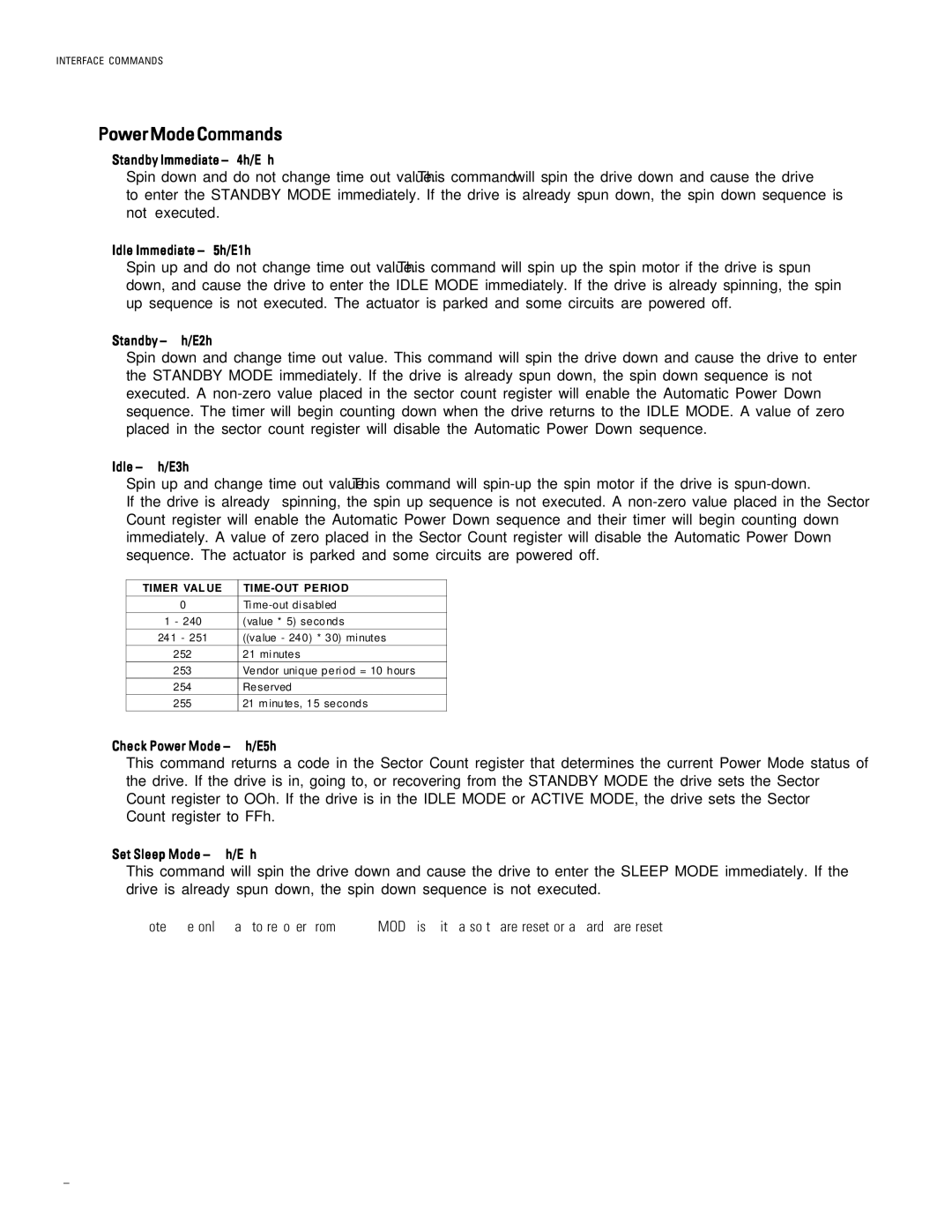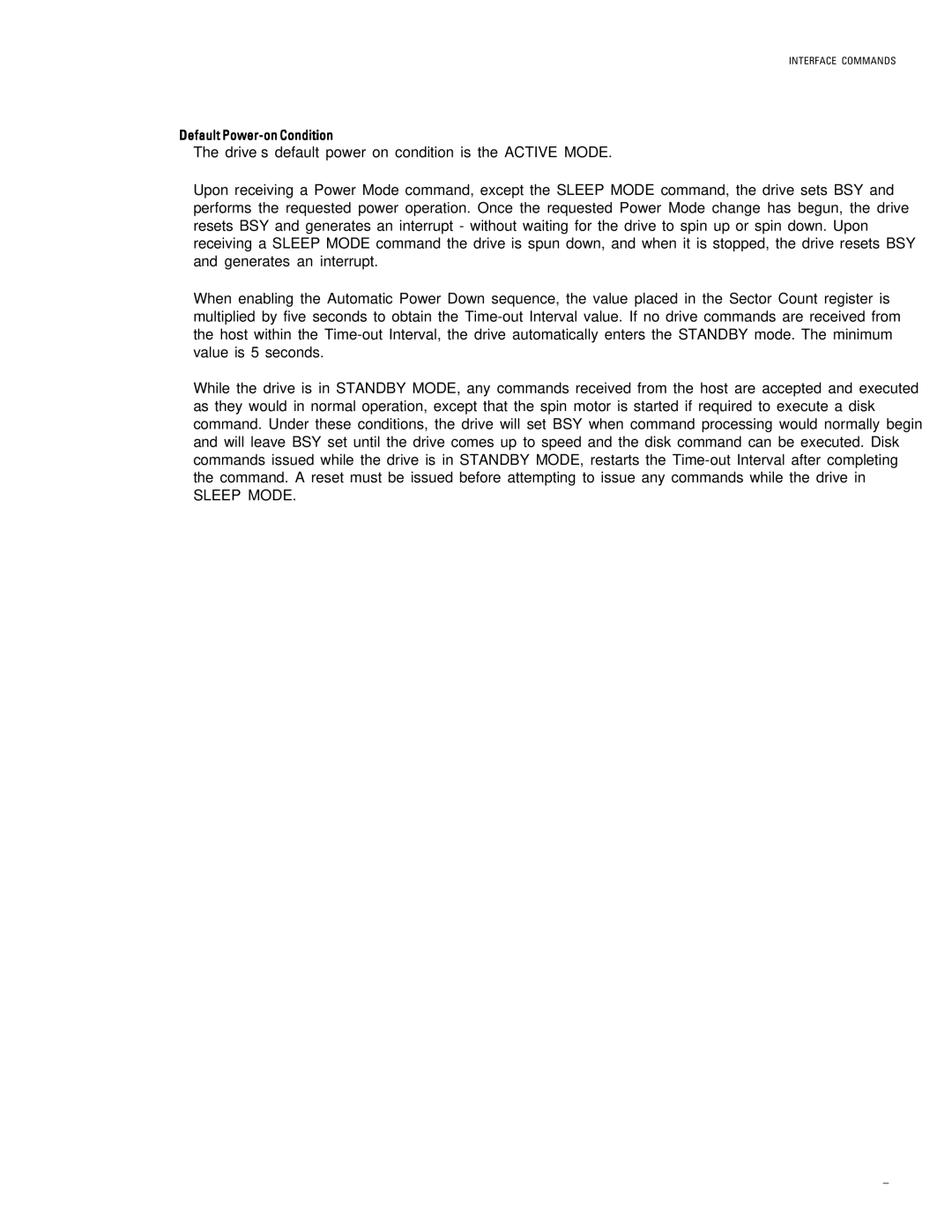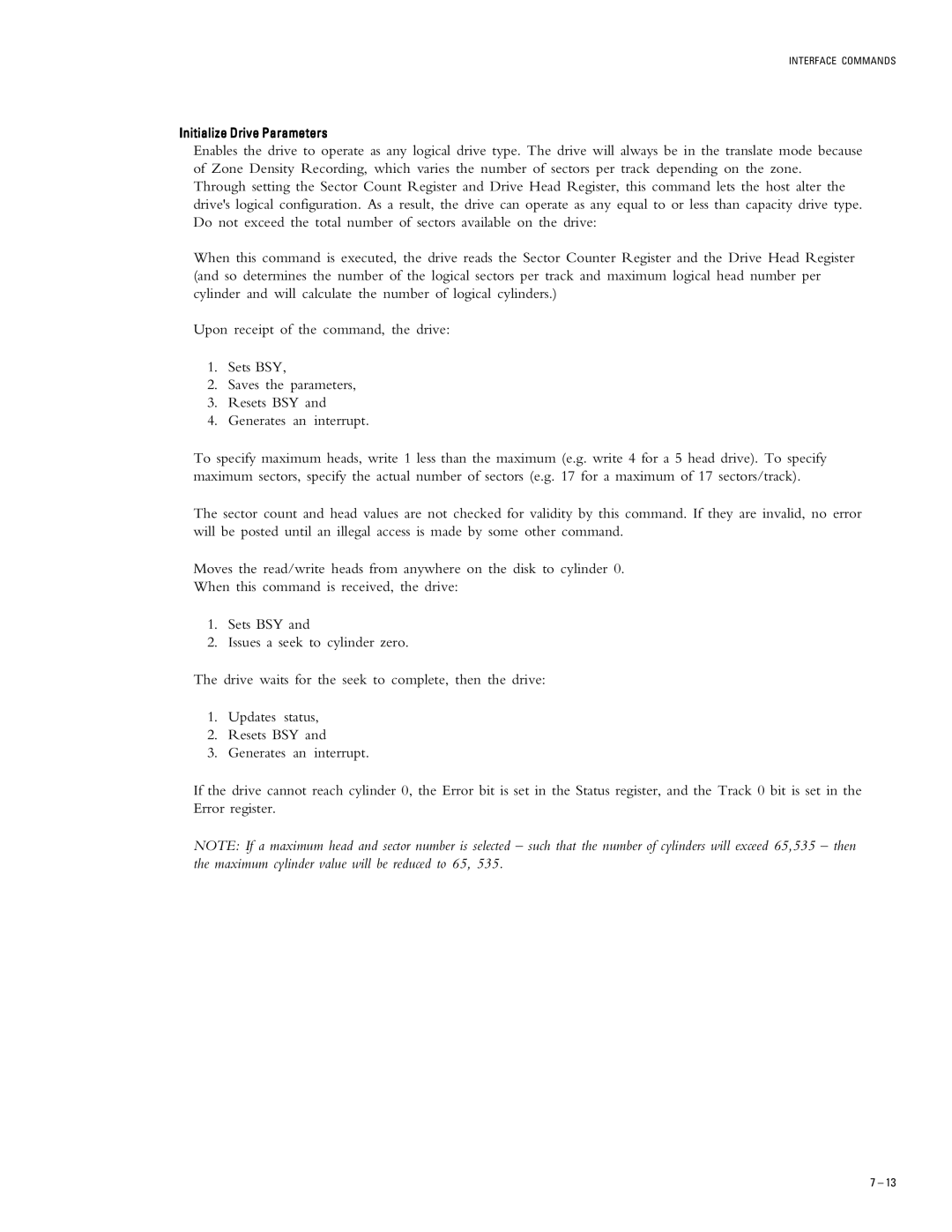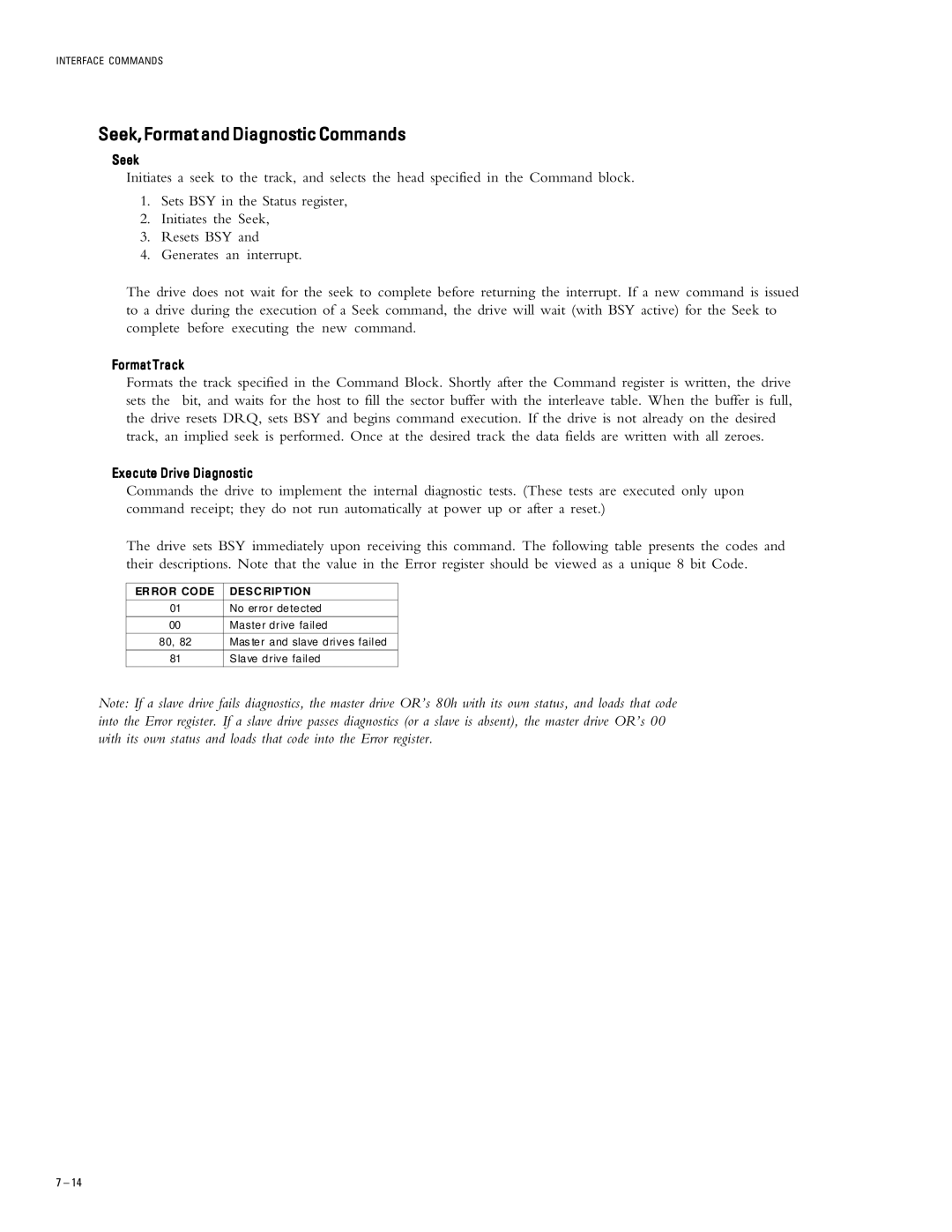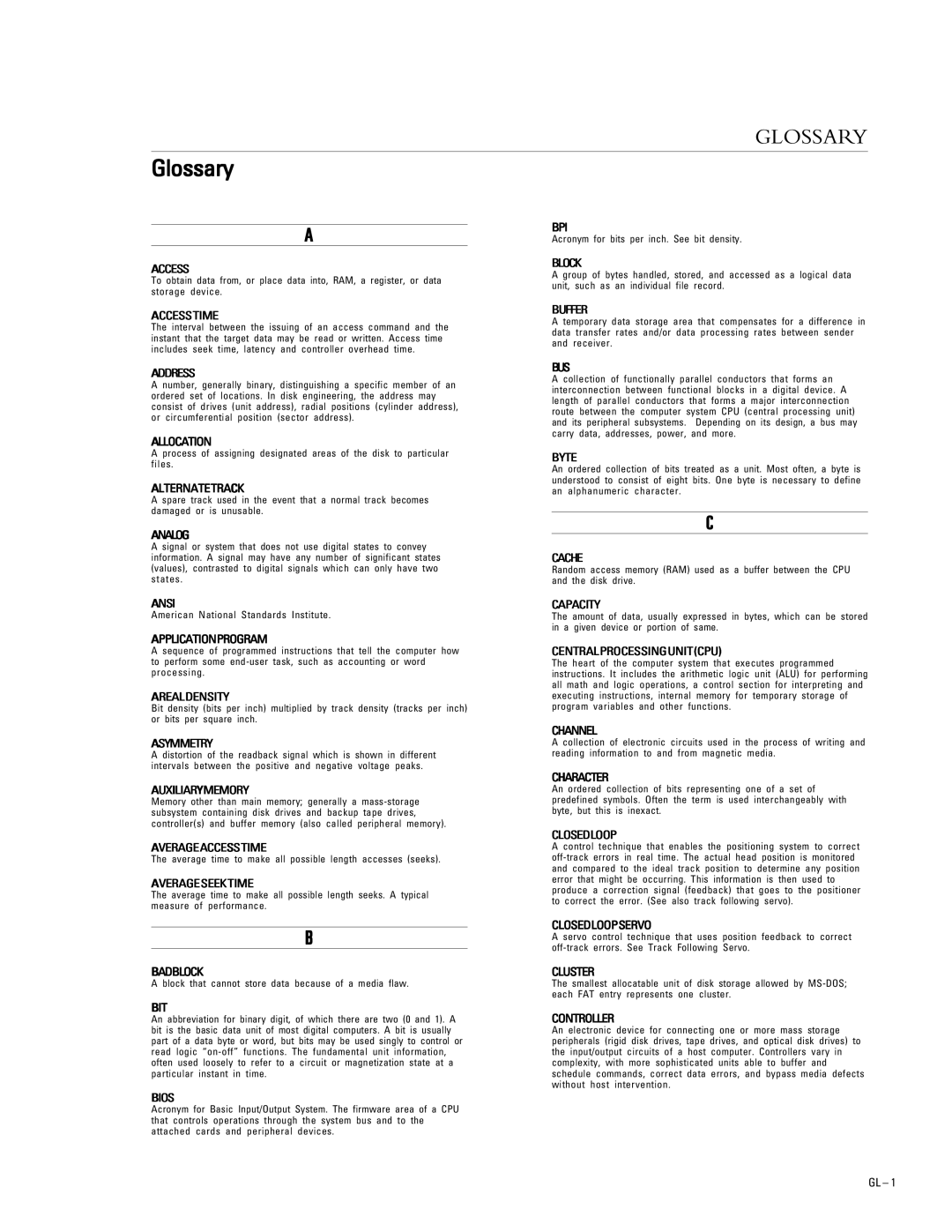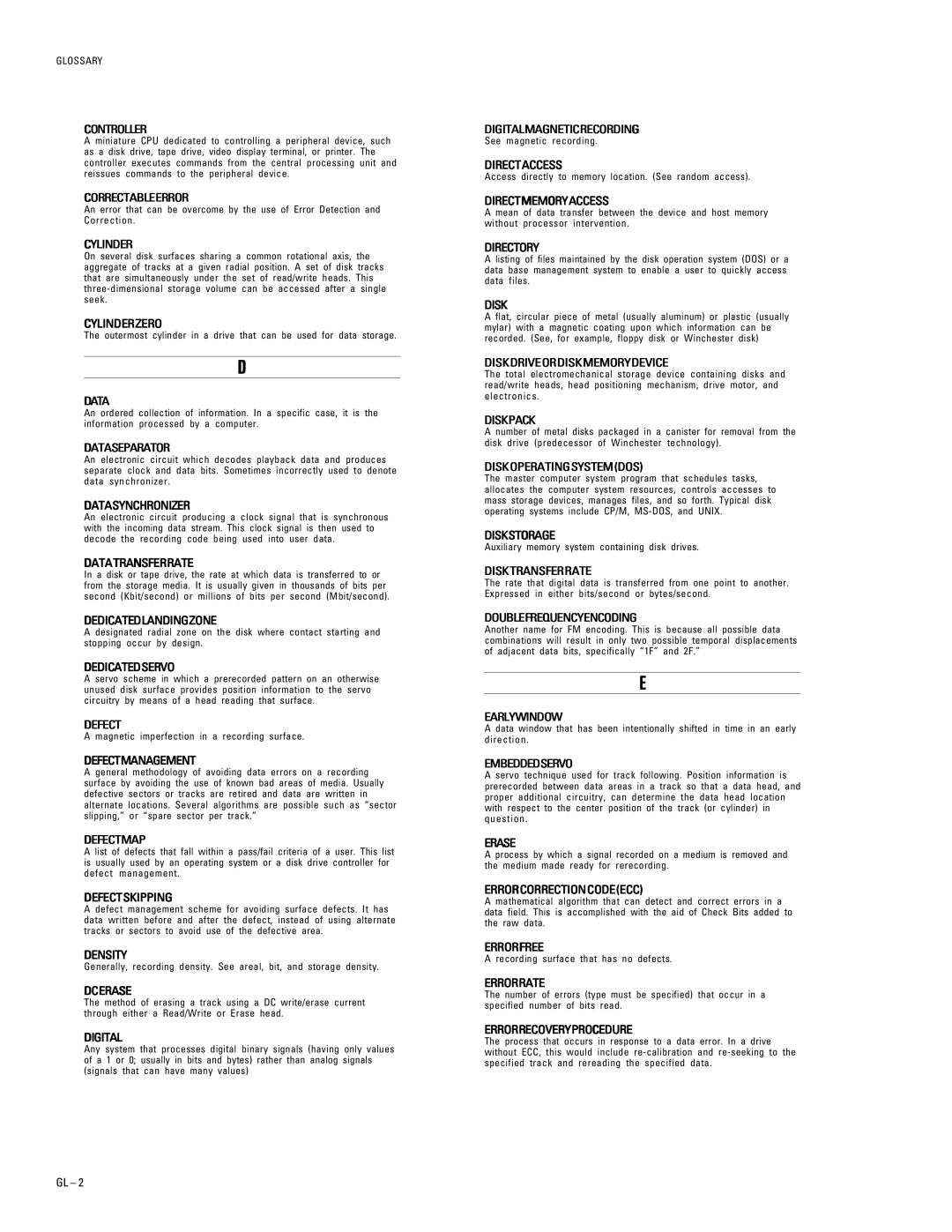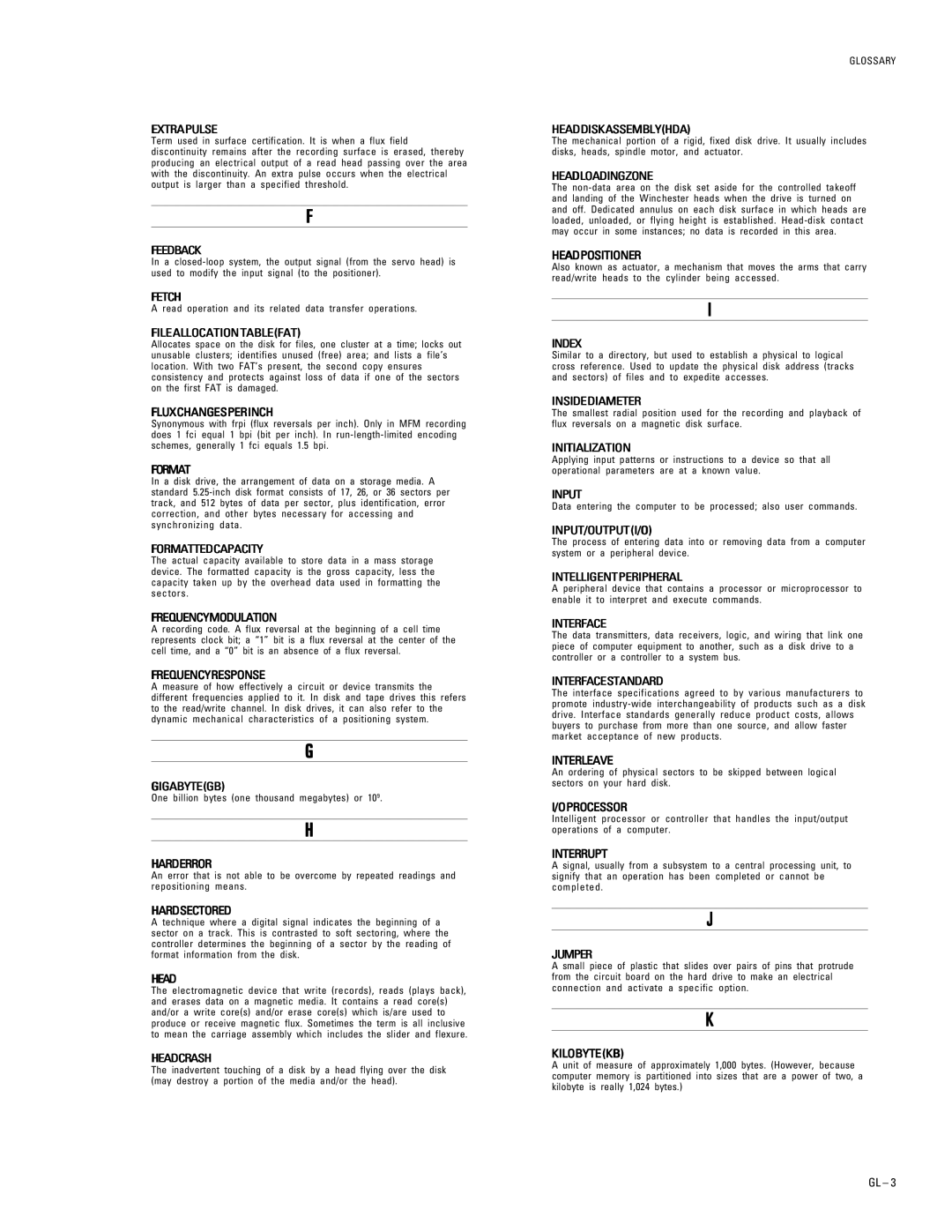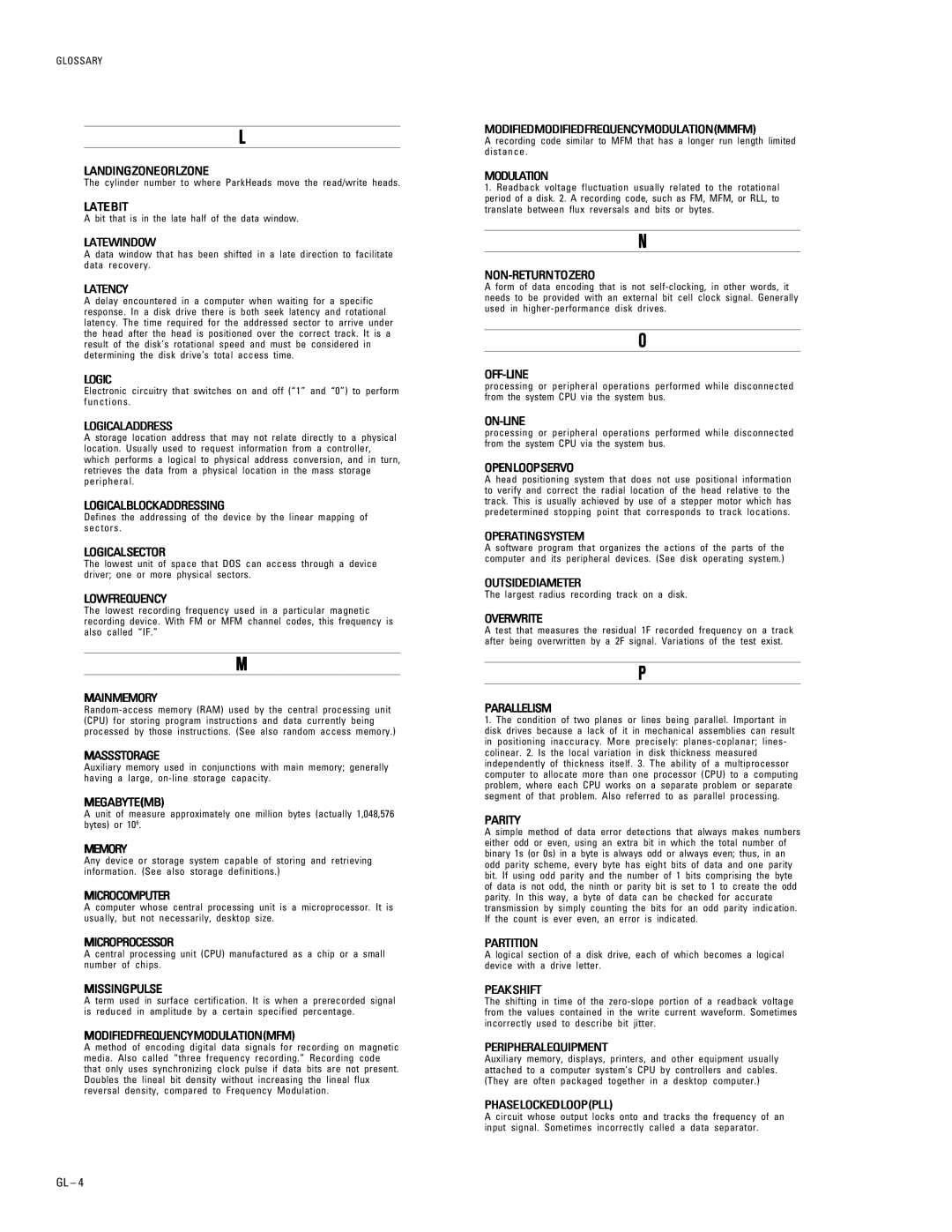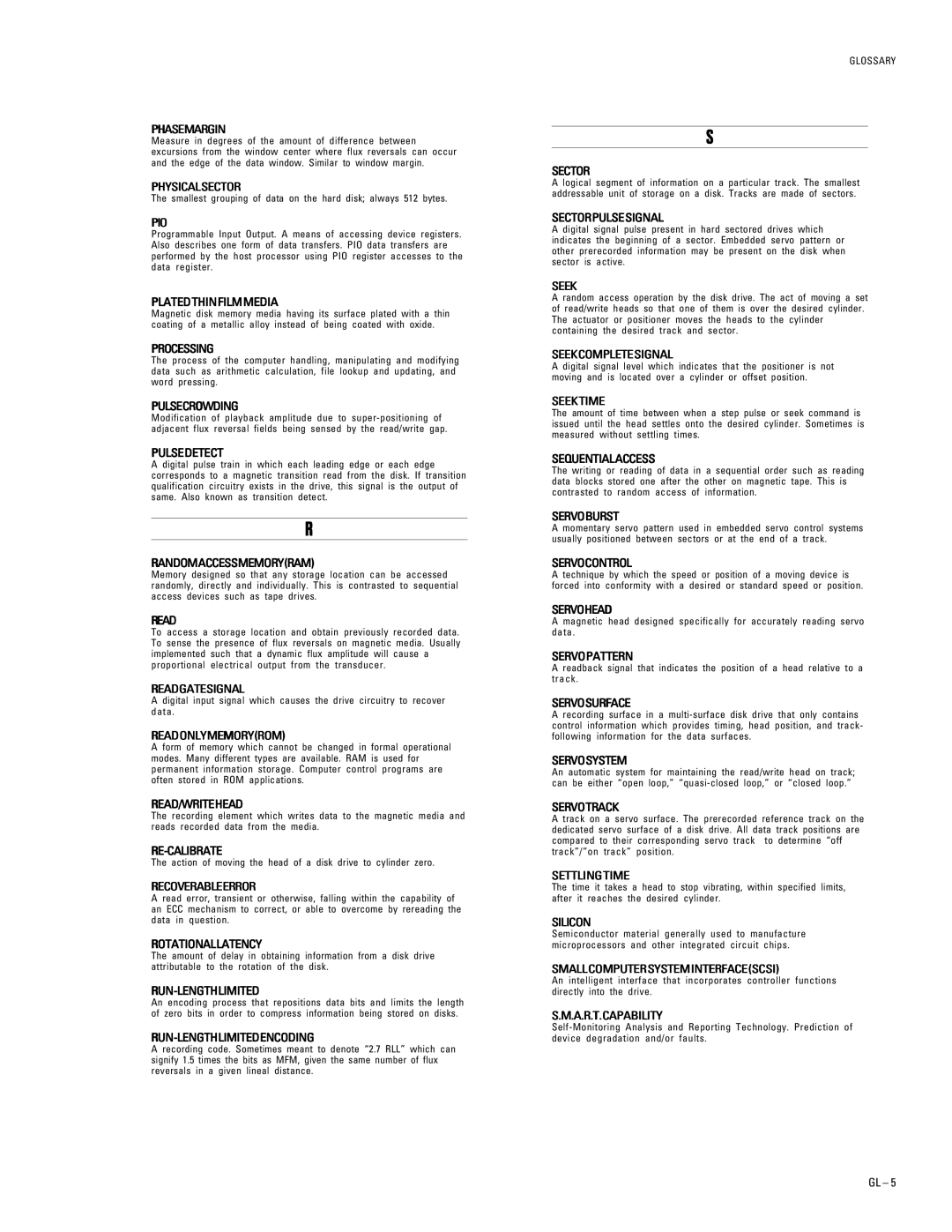96147H6, 98196H8 specifications
The Maxtor 98196H8 and 96147H6 are notable hard drive models that were part of Maxtor's diverse range of storage solutions. Both models were designed to cater to various computing needs and display characteristics that made them reliable, high-performance options during their time in the market.The Maxtor 98196H8 is a 19.1 GB hard drive that utilizes the IDE interface, which is known for its ease of use and compatibility with a broad range of motherboards. This model features a rotational speed of 5400 RPM, striking a balance between performance and power consumption. With a data transfer rate of up to 33 MB/s, the 98196H8 is capable of efficiently handling average workloads, making it suitable for everyday computing tasks such as word processing, web browsing, and media playback.
One standout characteristic of the 98196H8 is its shock protection technology, which enhances durability and reduces the risk of data loss from accidental drops. The drive uses fluid dynamic bearing (FDB) motors for quieter operation and increased reliability. Additionally, Maxtor's proprietary technology, including the SoftSonic feature, allows for reduced operational noise levels, making it an appealing choice for users who prioritize a quiet working environment.
On the other hand, the Maxtor 96147H6 boasts a slightly larger capacity of 14.7 GB and shares similar interface traits and rotational speed as the 98196H8. With a focus on providing reliable storage for desktop applications, this model leverages Maxtor's advanced data recovery solutions, which help ensure that users can restore lost data in the event of drive failures. Its high-capacity storage makes it well-suited for users dealing with larger files or needing additional space for various applications and media.
Both models are equipped with Maxtor's Error Recovery Control technology, which actively manages potential read/write errors, ensuring data integrity during storage and retrieval processes. This is especially beneficial for users handling critical information or relying on the storage for important projects.
In conclusion, the Maxtor 98196H8 and 96147H6 hard drives exemplified Maxtor's dedication to creating dependable storage solutions for consumers. With their variety of capacities, advanced technologies, and characteristics tailored to improve reliability and performance, they served many users well during their availability in the market.
